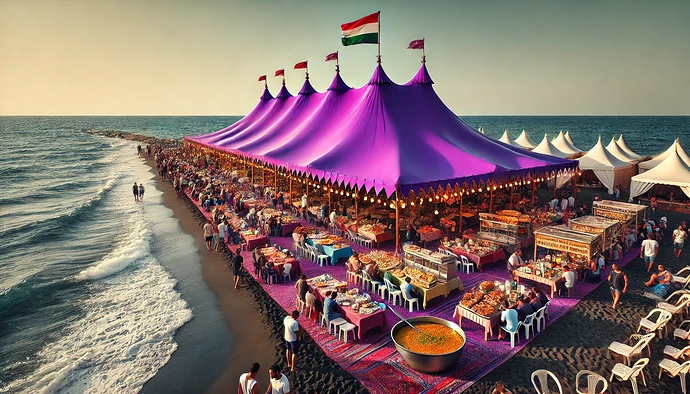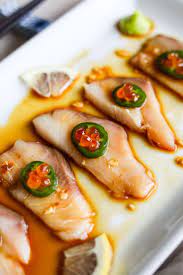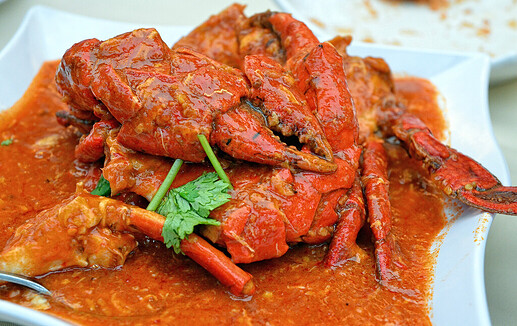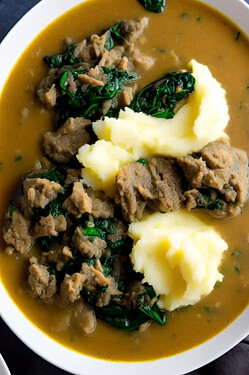Transsunerian Rebeke Gronfelt looks around for who to visit next, chewing on the last bite of something made of chicken from the previous tent. It’s a hot day, and even though she’s from a roughly equally warm country, the black sand captures more heat than the more ordinary white beaches at home. A welcome breeze cools her skin and makes the delicate fabric of a white tent nearby flutter almost like a flag. Having caught her attention, it seems like there’s also a kind of rhythmic sound coming from that tent. Looking closely, she sees a small Sedunnic flag near the entrance to the tent. She would not be surprised if it were a cooking machine or something automatic, judging from the Sedunners’ love for high-tech stuff.
More curious to test her somewhat dormant Sedunnic than feeling tempted by mechanic food, she decides to head that way. As she gets closer, the rhythmic sound intensifies, but there is also shouting. Or perhaps singing? An old-looking wooden sign says Ressī Ybeu - Sedunnjā Ignan. “Ressī” she recognises as a word meaning “bistro”, “restaurant” or something similar. The second word is unfamiliar, but the last two simply mean “food from Sedunn”.
As she joins the line to enter the tent, she gets a glimpse of what is going on inside. It looks like a bar and there seems to be a few chefs moving around fast, but it does not really look hectic. At least they aren’t robots. She decides to look up the word “ybeu” on her smartphone. The Tus app, as always, has the answer. It means “to fold” or “wrap”. The tent must replicate one of those small restaurants that offer a quick, inexpensive meal.
Finally entering the tent, she is able to see what is going on. The chefs kinda sing as a way of communicating with one another, and the rhythmic sound she heard earlier is from chopping, stirring and drumming, that all, spontaneously contribute to the music. The friendly-looking, somewhat overweight man who takes the orders, is not a great singer. Not always entirely on key, his enthusiasm and funny casual style contribute to a warm and friendly atmosphere. There’s giggling among the visitors as well as the chefs and staff.
A poster next to the line tells her more about Sedunnic cuisine and the different kinds of ressīs that exist. Apparently the ybeu kind serves wraps. Ressīs are apparently common all over Sedunn, especially near factories or workplaces, but she can’t remember them. Perhaps they never stood out. The ybeu kind usually means that you bring the food with you, but, the poster says, there are tables in the tent for “the convenience of the guests”.
It’s now Rebeke’s turn to order. Having been caught up on reading the posters, she realises she has forgot to plan her order. The hefty chef explains the options with a proud smile. Apparently you can chose from various spreads, baked corn or beans, rice, wheats, stuffed and sliced vegetables and chopped and fried meats. Among other things. All wrapped in a tep, something looking similar to a tortilla bread. She decides to go for the chef’s favourite: a corn spread with some kind of stuffed pumpkins and fried pork with, was it sage? For her drink she doesn’t hesitate. She choses that sparkling fruit soda she was so fond of while visiting Sedunn. And for desert, there is only one option for her. Dimmyj! Almond paste, fruit, nuts, whipped cream and chocolate topping.
Her order propagates in the tent as song, and chopping answers the call. She realises she has forgot to try her Sedunnic. Soon she gets another chance as she grabs her finished order from the counter.
“Lit frotom!”
She’s not sure she got that entirely right, but it should be more than a regular “thanks”.
She digs into the wrap, that is made smaller than regular ones as to allow the festival visitors to sample more food. As she starts chewing she finds another poster to read. It says that typical modern ybeu are made with a more “elastic” wrap that offers more chewing resistance, encouraging eating it more slow. This, apparently, is a way to really “feel” the taste of the various toppings. Rebeke tries to take it slow. The meat is savoury and salty, but the sweet maize spread and pumpkin are there to balance it all. She can’t take it slow, but devours it fast.
She leaves the Sedunnic tent dancing to some catchy song and the rhythmic cacophony of kitchen utensils doing their job.







